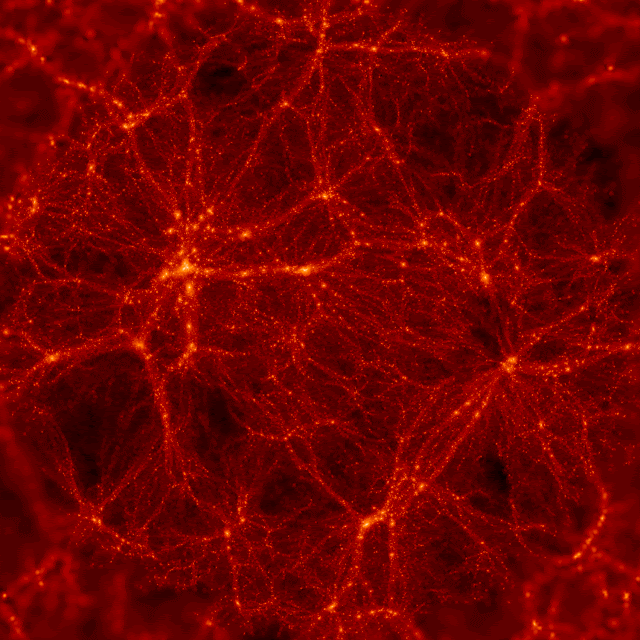hullo, you cutie-pies, you!
i am taking a brief hiatus from blogging.
monday, we are attempting another aspiration under fluoroscopy, the seventh, trying to identify the little buggers still burrowing in my bones. i am looking forward to it, as these things have gone oh-so-well in the past. in fact, the first aspiration was inspiration for this post, back in the infancy of elle est belle la seine: A question for nurses, techs, doctors...
for some reason, i am rapidly cycling between the red and blue phases of CRPS. normally, the deep cold, deep purple version rules the roost and i am glad, for the bright red edematous side of things takes allodynia and hyperalgesia to new and unimagined heights.
the pain of being rouge.
{fade to the dulcet tones of the militant lesbian existential feminists as they belt out de colores... a-swayin' to the left, then a-swayin' to the right.}
i am taking a brief hiatus from blogging.
monday, we are attempting another aspiration under fluoroscopy, the seventh, trying to identify the little buggers still burrowing in my bones. i am looking forward to it, as these things have gone oh-so-well in the past. in fact, the first aspiration was inspiration for this post, back in the infancy of elle est belle la seine: A question for nurses, techs, doctors...
for some reason, i am rapidly cycling between the red and blue phases of CRPS. normally, the deep cold, deep purple version rules the roost and i am glad, for the bright red edematous side of things takes allodynia and hyperalgesia to new and unimagined heights.
the pain of being rouge.
{fade to the dulcet tones of the militant lesbian existential feminists as they belt out de colores... a-swayin' to the left, then a-swayin' to the right.}
De colores
De colores se visten los campos en la primavera
De colores
De colores son los pajarillos que vienen de afuera
De colores
De colores es el arco iris que vemos lucir
Y por eso los grandes amores
De muchos colores me gustan a mi
Y por eso los grandes amores
De muchos colores me gustan a mi
Canta el gallo
Canta el gallo con el quiri quiri quiri quiri quiri
La gallina
La gallina con el cara cara cara cara cara
Los polluelos
Los polluelos con el pio pio pio pio pi
Y por eso los grandes amores
De muchos colores me gustan a mi
Y por eso los grandes amores
De muchos colores me gustan a mi

